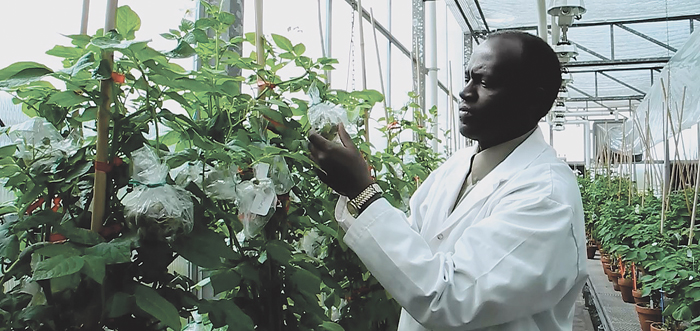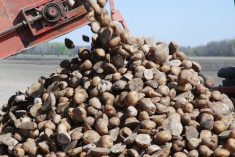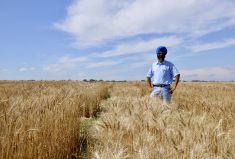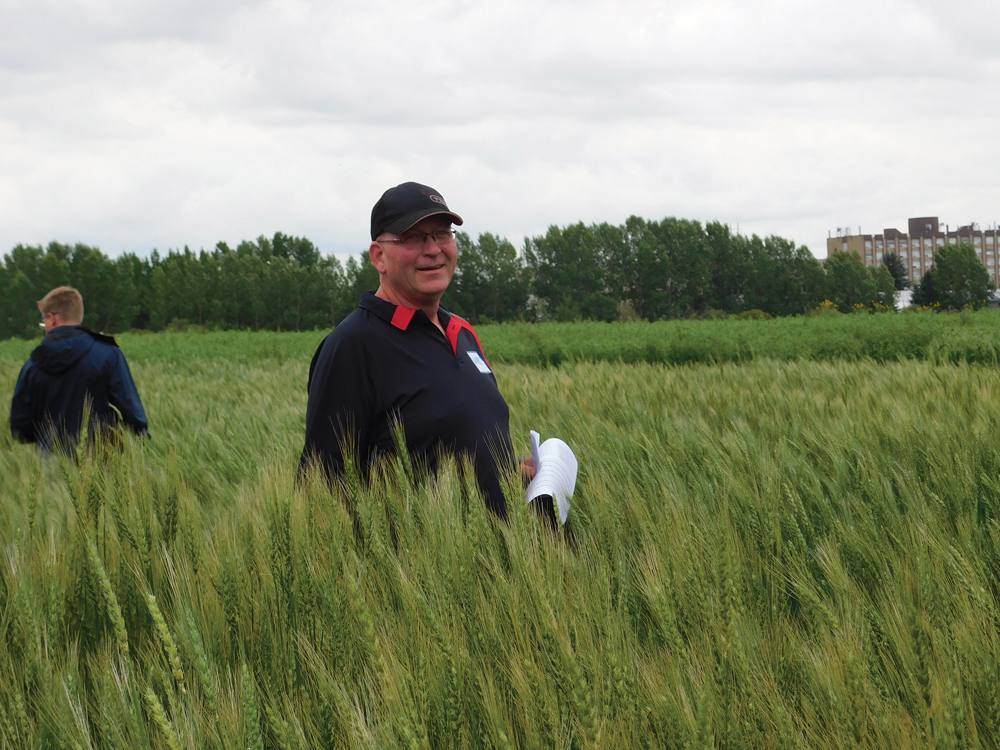There’s a new spud in town, and it’s made to suit Canada’s growing number of diabetics.
The new and as yet unnamed potato has a lower-glycemic-index potential, improved digestibility, and can be enjoyed without creating a big spike of sugar and insulin in the body.
“As part of improving the food attributes, we’ve been more interested in improving the carbohydrate components to have varieties that are more digestible, have a low-glycemic-index potential, and more antioxidant content,” said research scientist Benoit Bizimungu, who developed the new variety with scientists at Agriculture and Agri-Food Canada’s Potato Research Centre in Fredericton, N.B. and the Lethbridge Research Centre.
It’s just one of several new varieties in development, including a potato with a high starch content suitable for industrial use.
Bred through conventional methods and using local or exotic potato germplasm from South America, the new varieties have improved agronomics and disease resistance and are designed to offer additional benefits to both growers and consumers.
The low-glycemic potato looks the same as other white, smooth-skinned potatoes at the grocery store and was developed using crosses of normal varieties, which included germplasm from South America. Its development also relied on new technologies — such as a near-infrared spectrometer for measuring starch content and potato composition — that eliminate years of trial and error by allowing scientists to identify desirable characteristics.
One of the proposed names for the new potato, which produces a large number of tubers, is AC Hammer.
There is plenty of market potential for the low-glycemic potato, and it is agronomically well suited for both Eastern Canada and the irrigated regions of Western Canada, said Bizimungu. Test plots were grown in 76 locations across the country. Parkland Seed Potatoes in Edmonton has been granted exclusive testing rights for the final test phase and has the option to license it. Producing sufficient seed stock will take one to three years.
Read Also

New crop insurer policy enables easier startup for faba beans
Agriculture Financial Services Corporation updated its normals for faba beans, which may open the door for more Canadian producers to feel comfortable growing the pulse crop in the future.
Breeding new varieties of potatoes with specific traits is a long process that takes around 10 years from the start of germplasm crosses to industry trials, said Bizimungu.
Bizimungu began his career at the Lethbridge Research Centre in the western potato-breeding program before moving to Fredericton to take over the national program. Even though he moved across the country, he kept his ties to the Lethbridge Research Centre, and Lethbridge-based scientists did plant pathology on potato germplasms.
“Any breeding is a team effort,” said Bizimungu.

















